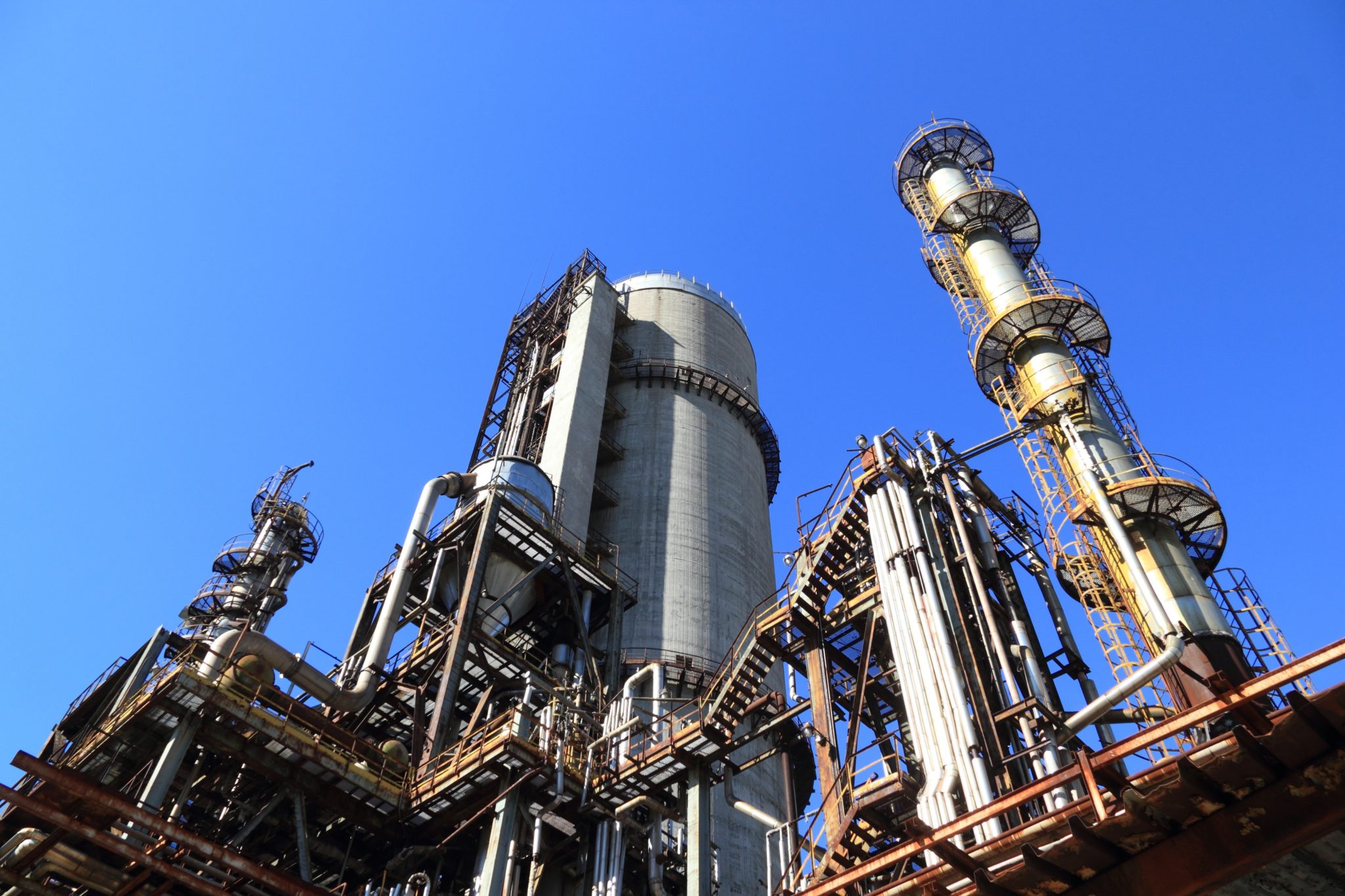Whenever we hear “power plants,” one thing will always come through our minds — pollution. Though this is a big fact check, there are those that are somewhat less harmful to the environment. These are power plants that use natural gas. Through the burning of natural gas and uses it as fuel is what natural gas power plants do to produce electricity.
Now, let’s dive a bit deeper. This article will help you understand everything you need to know about power plants that use natural gas to perform its purpose. Are these type of power plants really safe to the environment? Let’s all find out.
Natural Gas Power Plants
As mentioned, this type of power plant uses natural gas as fuel for electricity production. There are numerous natural gas power plants that produce electricity under different functions. This type of power plant uses a gas turbine wherein a stream of air and natural gas are added. Combustion is produced and extends through the turbine which causes the generator to reel a magnet, thus producing electricity.
Unlike other types of power plants, NG power plants are low-cost and easy to construct. They also have excellent thermodynamic efficiencies — a dimensionless device measure that uses thermal energy — and generates fewer pollutants, such as Sox, Nox, oil, and coal. Moreover, in terms of emission, NG power plants have a higher release level compared to nuclear power plants. Meaning, air quality is likely to improve.
However, despite air quality improvement, NG power plants are undoubtedly one of the contributing factors to climate change.
Natural Gas — What is it?
Natural gas comes from a fossil energy source beneath the deep surface of the earth. There are a lot of different compounds that natural gas contains. One of the largest elements is methane and other smaller elements are NG liquids and non-hydrocarbon gases like water vapor and carbon dioxide. Aside from electricity, natural gas is used to make chemicals and other specific materials.

The Major Components of a Power Plant
Every power plant regardless of what type (coal or natural gas) has these major components:
- Turbine/generator – This part uses steam energy that will turn every turbine or generator to generate electricity.
- Heat source – A component that provides heat for steam production.
- Pump – This is where the water circulation happens. Pumps provide force to support circulation. For the process to run smoothly, pumps need high-quality valves, like those offered at xhval.com.
Types of NG Power Plants
Generally, there are two major types of natural gas power plants, and these are simple cycle and combined cycle gas plants. The simple cycle comprises of a gas turbine that is attached to a generator, while combined cycle comprises of a simple and cycle plant mixed with an external combustion engine. Thus, the name “combined cycle.”
- Simple cycle – is indeed basic, but in terms of efficiency, it has less compared to the combined cycle. However, when it comes to dispatching, simple cycle plants can be turned off fast unlike nuclear plants or the combined cycle type. So, it can be turned on or off real quick to meet the electricity needs of the community.
- Combined cycle plants – are pretty much more efficient since it is utilizing the hot exhaust gases. These gases are used for water evaporation that will turn into steam. It will then undergo turbine spinning, thus producing more electricity. It can make up to 60% thermal efficiency as well
Moreover, in terms of building cost, combined cycle plants cost higher. The amount is estimated to be around $500/kW (kilowatt) compared to simple cycle plants that usually cost around $340/kW.
NG power plants make up to 23% of the world’s electricity, second only to power plants that use coal. It is expected that natural gas use will continue to grow in future years. Thus, it is also expected that climate change will continue to develop.

Different Processes
There are three major parts of natural gas turbines. These are:
- Turbine – This extracts the energy that is from the gases coming from a combustor machine.
- Combustor – This equipment will burn the fuel and generates high gas velocity and gas pressure.
- Compressor – Air will be taken out from the external part of the turbine and boosts its pressure level.
Cogeneration
It is a process where NG power plants generate waste heat, just like other heat engines. There are also times when waste heat is picked up to provide heat to houses or industrial areas.
Combined Cycle Units
These are producing facilities that most NG power plants have. There is a steam unit and a gas turbine joined in every combined cycle units. The gas turbine pretty much works like a normal gas turbine, using released hot gases from burning natural gas.
In combined cycle units, the waste heat is directed straight to the generating steam. It will then be used to produce electricity similar to that of a steam unit. However, combined-cycle units are more efficient than gas turbines or steam units.
The Best Thing About NG Power Plants
NG power plants generate less pollution than other power plants, especially those who use coal. Natural gas power plants need fewer pollutant mitigation, hence when it comes to construction, they are easier to build compared to coal plants. They also cost less.

Conclusion
As we are all aware of, there is too much pollution around us and it is greatly affecting not only to our health but to the environment. Opting to build natural gas power plant is ideal since, as per studies, it does not produce massive pollution unlike coal-fired power plants. Though the cost for these NG plants to other countries are a bit expensive, it is still being recommended considering the fact that it is cleaner. Hope you learn something about natural gas power plant!






